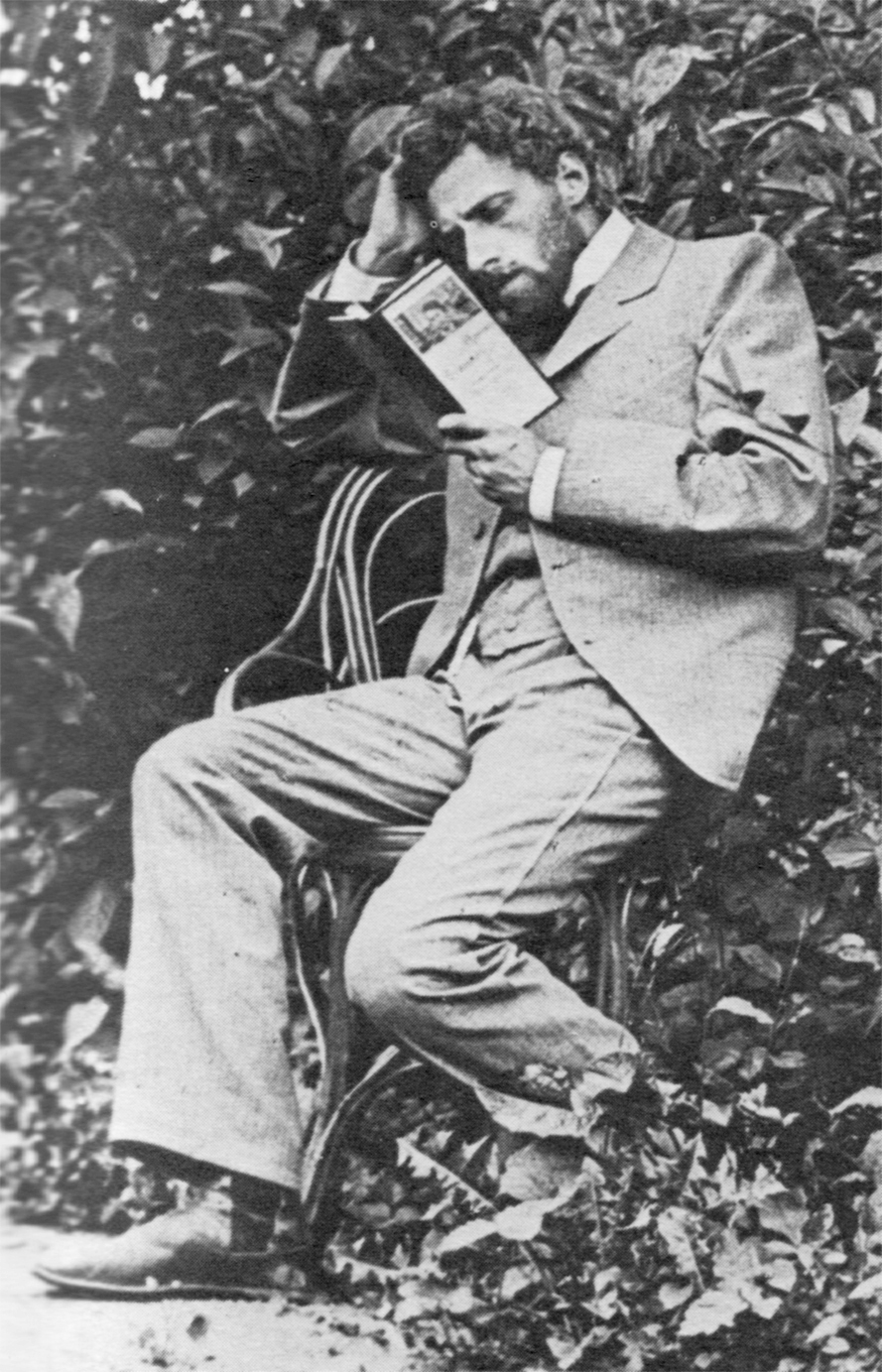|
Biomechanics (Meyerhold)
Biomechanics was a system of actor training developed by Vsevolod Meyerhold. Its purpose was to widen the emotional potential of a theater piece and express thoughts and ideas that could not be easily presented through the naturalistic theater of the period. The techniques of biomechanics were developed during the rehearsals of a series of plays directed by Meyerhold in the 1920s and 1930s when Socialist Realism was at its height in Russia. Biomechanics is a precursor to and influence on much of the 20th century's physical theatre Physical theatre is a genre of theatrical performance that encompasses storytelling primarily through physical movement. Although several performance theatre disciplines are often described as "physical theatre," the genre's characteristic aspe .... Despite a lack of scenery in many of Meyerhold's plays, “if the actor remains on the bare stage, the greatness of the theater stays with him”.Gorchakov, N. A. The Theater in Soviet Russia. New York: C ... [...More Info...] [...Related Items...] OR: [Wikipedia] [Google] [Baidu] |
Vsevolod Meyerhold
Vsevolod Emilyevich Meyerhold (russian: Всеволод Эмильевич Мейерхольд, translit=Vsévolod Èmíl'evič Mejerchól'd; born german: Karl Kasimir Theodor Meyerhold; 2 February 1940) was a Russian and Soviet theatre director, actor and theatrical producer. His provocative experiments dealing with physical being and symbolism in an unconventional theatre setting made him one of the seminal forces in modern international theatre. During the Great Purge, Meyerhold was arrested in June 1939. He was tortured, his wife was murdered, and he was executed on 2 February 1940. Life and work Early life Vsevolod Meyerhold was born Karl Kasimir Theodor Meyerhold in Penza on to Russian-German wine manufacturer Friedrich Emil Meyerhold and his Baltic German wife, Alvina Danilovna (). He was the youngest of eight children.Pitches (2003, pg. 4) After completing school in 1895, Meyerhold studied law at Moscow University but never completed his degree. He was ... [...More Info...] [...Related Items...] OR: [Wikipedia] [Google] [Baidu] |
Naturalism (theatre)
Naturalism is a movement in European drama and theatre that developed in the late 19th and early 20th centuries. It refers to theatre that attempts to create an illusion of reality through a range of dramatic and theatrical strategies. Interest in naturalism especially flourished with the French playwrights of the time, but the most successful example is Strindberg's play ''Miss Julie'', which was written with the intention to abide by both his own particular version of naturalism, and also the version described by the French novelist and literary theoretician, Emile Zola. Zola's term for naturalism is ''la nouvelle formule''. The three primary principles of naturalism (''faire vrai, faire grand'' and ''faire simple'') are first, that the play should be realistic, and the result of a careful study of human behaviour and psychology. The characters should be flesh and blood; their motivations and actions should be grounded in their heredity and environment. The presentation of ... [...More Info...] [...Related Items...] OR: [Wikipedia] [Google] [Baidu] |
Socialist Realism
Socialist realism is a style of idealized realistic art that was developed in the Soviet Union and was the official style in that country between 1932 and 1988, as well as in other socialist countries after World War II. Socialist realism is characterized by the depiction of communist values, such as the emancipation of the proletariat. Despite its name, the figures in the style are very often highly idealized, especially in sculpture, where it often leans heavily on the conventions of classical sculpture. Although related, it should not be confused with social realism, a type of art that realistically depicts subjects of social concern, or other forms of "realism" in the visual arts. Socialist realism was made with an extremely literal and obvious meaning, usually showing an idealized USSR. Socialist realism was usually devoid of complex artistic meaning or interpretation. Socialist realism was the predominant form of approved art in the Soviet Union from its development in t ... [...More Info...] [...Related Items...] OR: [Wikipedia] [Google] [Baidu] |
Physical Theatre
Physical theatre is a genre of theatrical performance that encompasses storytelling primarily through physical movement. Although several performance theatre disciplines are often described as "physical theatre," the genre's characteristic aspect is a reliance on the performers' physical motion rather than, or combined with, text to convey storytelling. Performers can communicate through various body gestures (including using the body to portray emotions). Common elements Certain institutions suggest that all physical theatre genres share common characteristics, although individual performances do not need to exhibit all such characteristics to be defined as physical theatre. Research into the training or "work" of physical theatre artists cites an amalgamation of numerous elements adopted as a means to further inform the theatrical research/production. These elements include: * Inter-disciplinary origins, spanning music, dance, visual art, etc., as well as theatre * Challengin ... [...More Info...] [...Related Items...] OR: [Wikipedia] [Google] [Baidu] |



